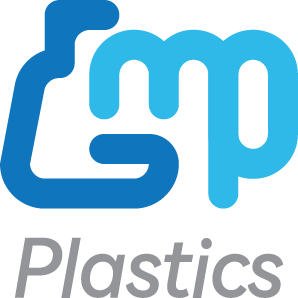Maintaining cleanliness in a laboratory setting is critical for ensuring accurate results, preventing contamination, and extending the lifespan of lab equipment. Whether working in cell culture, molecular biology, or chemical analysis, proper cleaning and sterilization techniques are essential. This guide provides a comprehensive overview of best practices for keeping lab tools and techniques clean, including sterilization methods, routine maintenance, and contamination prevention.
1. Importance of Clean Lab Tools
Clean lab tools are fundamental to reliable and reproducible experiments. Contaminated equipment can:
-
Introduce errors in experimental data
-
Compromise sample integrity
-
Spread unwanted microorganisms
-
Reduce the efficiency and lifespan of instruments
2. General Cleaning Procedures
Cleaning lab equipment varies depending on the type of material and its use. General cleaning steps include:
-
Pre-Cleaning: Remove residual samples immediately after use.
-
Washing: Use appropriate detergents and deionized water.
-
Rinsing: Ensure no detergent residues remain.
-
Drying: Air dry or use lint-free wipes.
-
Storage: Keep tools in a clean, dry environment.
3. Sterilization Techniques
Sterilization eliminates all microbial life and is essential for lab environments. Common sterilization methods include:
a. Autoclaving
-
Uses high-pressure steam at 121°C for 15–30 minutes.
-
Suitable for glassware, media, and heat-resistant tools.
b. Chemical Disinfection
-
Uses alcohol, bleach, or hydrogen peroxide.
-
Best for surfaces, biosafety cabinets, and non-autoclavable tools.
c. UV Sterilization
-
Uses ultraviolet light to inactivate microbes.
-
Effective for biosafety hoods and air purification.
d. Dry Heat Sterilization
-
Involves heating tools at 160–180°C for 2 hours.
-
Common for metal instruments and glassware.
4. Cleaning Specific Lab Equipment
Each type of equipment requires a specific approach to maintain cleanliness:
a. Pipettes and Micropipettes
-
Regularly clean with 70% ethanol.
-
Autoclave detachable parts if applicable.
-
Perform routine calibration checks.
b. Glassware and Plasticware
-
Use specialized lab detergents.
-
Rinse with distilled water to remove residues.
-
Autoclave or dry-heat sterilize as needed.
c. Biosafety Cabinets and Fume Hoods
-
Wipe down with 70% ethanol before and after use.
-
Perform routine UV sterilization.
-
Replace HEPA filters as recommended.
d. Centrifuges and Incubators
-
Regularly wipe with mild disinfectants.
-
Remove and clean rotors and shelves.
-
Check for microbial growth in incubators.
5. Preventing Contamination in the Lab
To maintain a contamination-free environment:
-
Use aseptic techniques during sample handling.
-
Change gloves frequently and avoid touching non-sterile surfaces.
-
Label and store reagents properly.
-
Regularly inspect for microbial growth or residue buildup.
6. Routine Maintenance and Best Practices
-
Implement a cleaning schedule for all lab equipment.
-
Train staff on proper cleaning and sterilization techniques.
-
Keep detailed records of cleaning procedures.
-
Use only approved cleaning agents for delicate instruments.
Conclusion
Keeping lab tools and techniques clean is vital for successful research. By following these best practices, labs can prevent contamination, ensure experimental accuracy, and extend the life of valuable equipment. A proactive approach to cleaning and sterilization is key to maintaining a high standard of laboratory hygiene.




